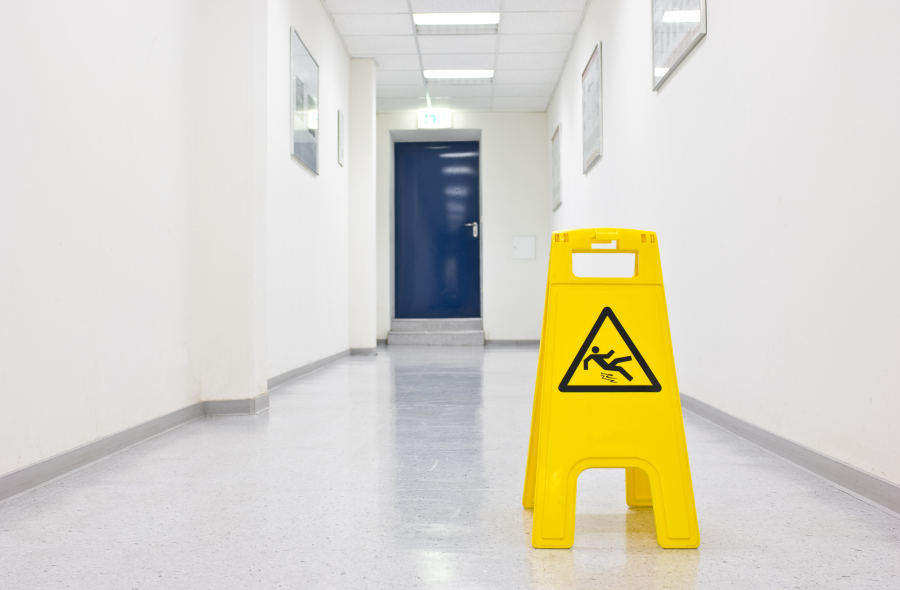Accidents happen, sometimes even frequently. Slips and falls are one of the most common reasons spa owners file insurance claims. They are unexpected and unintentional, yet business owners can be held liable for injuries on their premises. Despite discouraging statistics, there are steps that can be taken to protect both clients and the spa facility.
Every business is unique. Walk through your spa and consider ways to improve safety for clients, staff, contractors, and vendors. Imagine a first-time client using a cane or wearing high heels trying to navigate your busy spa after dark. How might lighting, low ceilings, clutter, slippery surfaces, or damaged sidewalks present challenges?
PREVENTING ACCIDENT CLAIMS
Here are some prevention tips to help spa owners avoid slip and fall accident claims.
- Stay Informed: Know your responsibilities concerning your lease agreement. For example, who is responsible for clearing the sidewalk? Who is held accountable for shared spaces like the foyer or corridor? Many landlords have leases written to absolve them of responsibility for common areas. If another party is responsible, point out areas of concern in writing as they arise. Keep records of those correspondences with the responsible parties so there is proof that you advised them of the issues that need attention.
- Address slippery surfaces: Most slips and falls are the result of a slippery surface. Consider areas that get icy when it is cold and snowy in the winter. What is the procedure for clearing and salting (or de-icing) spaces like sidewalks, entrances, corridors, and stairways promptly and before your business opens? What about during the day?
Spillage is a common cause of slippery conditions. What is the procedure for promptly handling and cleaning up any spills, product, or trash before there’s an accident? Cleaning floors is another cause of slippery conditions. Does your staff know how to mop without leaving excess water on the floor? Do they use warning signage that floors may be slippery?
- Attend to obstacles: Obstacles can also cause slips and falls. Area rugs or poorly installed wall-to-wall carpeting with ridges can trip people up. Clutter and loose cords can create tripping hazards. Additionally, an employee who moves furniture or a box into a hallway could inadvertently trip up a client. Create a system for restocking and storing inventory so that products do not become a hazard to your clients.
- Install lighting: Pay attention to lighting and signage. It’s more likely that someone will slip or fall in a poorly lit space. Lighting is a common concern in storage areas and stairways. You can also reduce the risk of injury by lighting low ceilings and the jut-out regions. If you are responsible for exterior lighting, you’ll also want to take extra care to light the property around your building. You may want to add bright edges to entrance stairways to enhance each step.
Some buildings present more risks for slips and falls than others, but no spas are exempt from slip and fall accidents. It only takes one injury to a vendor, visitor, or client to place a spa at serious financial risk.
Accident prevention is critical, relatively inexpensive to employ, saves businesses money in the long run, and shows your concern for your clients. Injuries can cost you insurance deductibles (and increase your insurance premiums – especially if there are regular or multiple occurrences), sick time, and negative press. Talk to experienced insurance brokers about risk factors for workplace falls and injuries and comprehensive coverage options to ensure your spa is safe for everyone who walks through the door.
